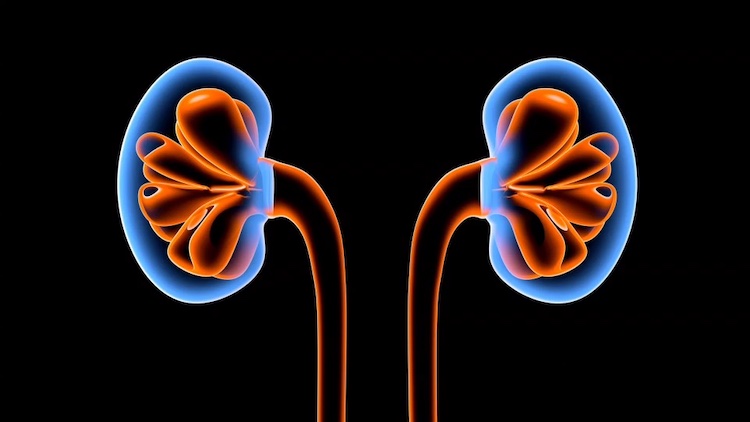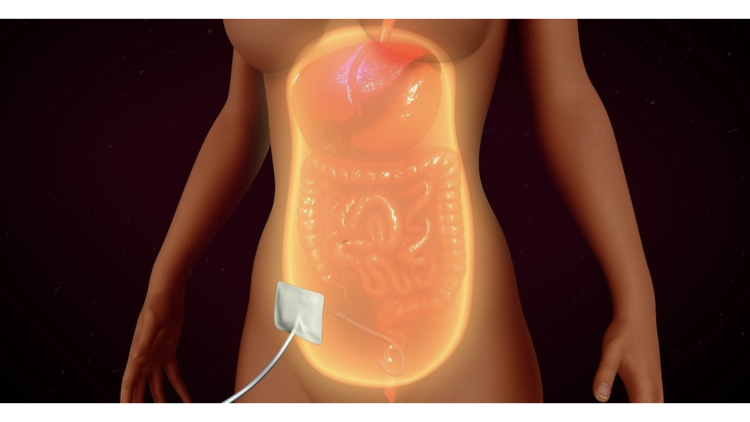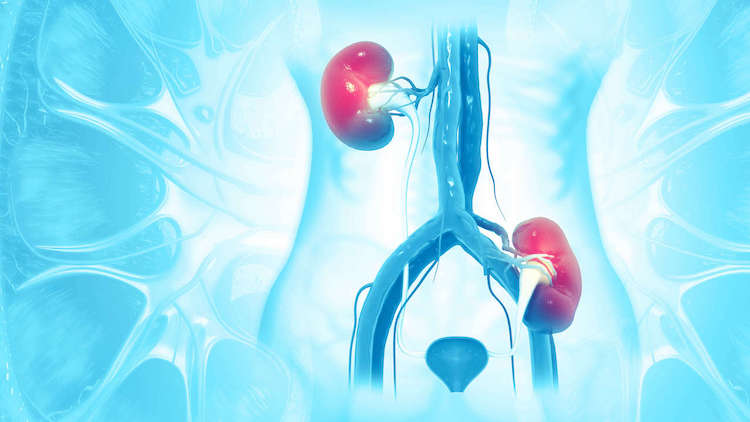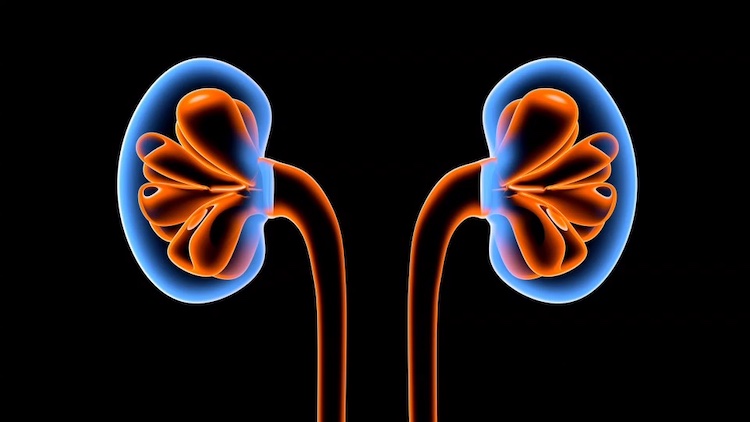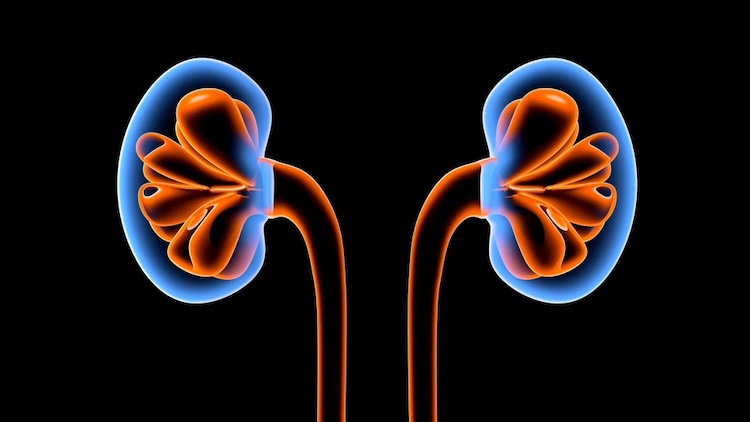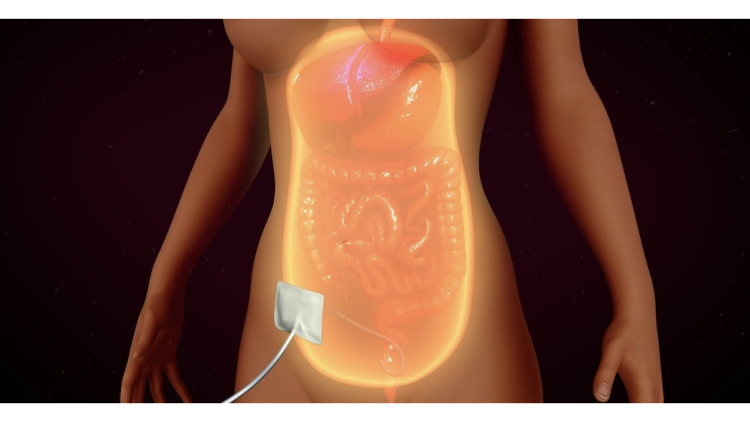Loading...

Peritoneal Dialysis
Peritoneal Dialysis (PD) is a type of dialysis treatment for end stage kidney disease that you do at home. PD uses the lining of your belly (also known as the peritoneum) to filter your blood of excess fluids and wastes, and it works the same way that your kidneys do. Dialyzing yourself at home lets you take charge of your treatment. The American Heart Association has endorsed PD for the potential cardiovascular benefits. Read the endorsement here.

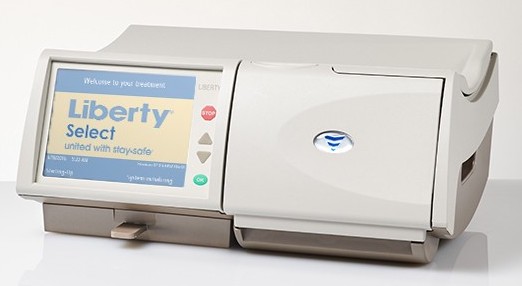
Benefits include:
Convenience because you do not need to travel to a dialysis center.
Ability to perform your own treatments on your own time, needle-free.
Decreased in-center COVID exposure and risk.
Greater flexibility to continue social activities, work, school or travel.
Improved blood pressure control and fewer medications.
Fewer dietary and fluid restrictions.
Increased energy and overall improvement in quality of life.
Fewer visits to treatment centers and hospitals.
Training and Preparation
PD treatment is done everyday, 7 days a week.
A soft tube, called a catheter, the dialysis access, is placed inside your belly, during an outpatient surgery, a few days to a few weeks before starting PD.
Training for PD is two or more weeks, with some people requiring less time. A family member or care partner can attend training sessions.
To start, you will perform manual PD also called Continuous Ambulatory Peritoneal Dialysis (CAPD).
Sterile fluid (dialysate) is placed into the abdominal space, stays (dwells) for four to six hours, and then is drained. Each cycle, including fluid running in, dwelling, and draining is called an exchange and is repeated 4 times a day.
Automated Peritoneal Dialysis (APD) uses a machine to do the exchanges while you sleep. After a period of time performing CAPD, you can be evaluated to use APD.
The APD machine is user-friendly.
Frequently Asked Questions
Do you have to buy the PD cycler to use at home? Your dialysis clinic will provide the machine as well as the supplies if you decide to do automated peritoneal dialysis also called Continuous Cyclic Peritoneal Dialysis (CCPD) or Automated Peritoneal Dialysis (APD).
Can you dialyze at home even if you are non-compliant in the dialysis center? Each individual will be evaluated, but those with a high need to control situations may actually do better at home. Having said that, you have to be able to work as part of a team in developing your care plans.
Do you have to get rid of your pets to do dialysis at home? Lots of people dialyze at home and still have pets. Keep your treatment area clean and ensure your pets stay out of the room when you connect or disconnect.
Can you just decide to do dialysis at home? Anyone on your care team at the dialysis center can refer you, or you could ask them yourself!
If I do dialysis at home, will I be able to change dialysis types or be a candidate for transplant?
You can always switch to another home modality or decide you’d like to go to in-center hemodialysis. Also, doing home dialysis does not make you less likely to receive a transplant.Once I decide to do dialysis at home, can I begin right away? There’s a lot to learn and arrange for when preparing for home dialysis. But you can get started by first speaking up.
If I do home dialysis, will it cost more than dialysis in-center? Both Medicare and private insurance cover the cost of home dialysis.
If I do home dialysis, will I have to rewire my home? Home peritoneal dialysis (PD) equipment does not require any electrical wiring changes or upgrades.
Can I do home dialysis even if I am afraid to insert my own needles? Peritoneal dialysis is a needle-free treatment option.
If I dialyze at home, can I eat and drink whatever I want? Dietary and fluid intake limitations remain in place, but you may have a bit more flexibility with your limits and choices. Always check with your medical team when changing your renal diet.
Am I more likely to get an infection if I do PD? Very low rates of PD infection (peritonitis, an infection in your abdomen) are possible when you pay close attention to all of the procedures that you are taught during your training, to reduce your risk of infection.
If I have had abdominal surgery, can I still do PD? Routine abdominal surgeries, such as hernia repairs, C-sections, and some transplants, do not prevent PD as an option. Your doctor and surgeon will help you evaluate your options.
Do I need to have some kidney function in order to do PD? Kidney function will always be checked, but PD can be done without any kidney function.
Do I need to have a lot of space at home to do PD? No, a dialysis team member will help you plan out your space, including storage of supplies.
Can I take either a bath or a shower if I am doing PD? It depends on what kind of catheter you have. You can take a shower with all PD catheters, but baths are restricted depending on the type of catheter. Your healthcare provider will explain this, and you will be taught how to care for your catheter site after your shower.
If I have vision or hearing problems, can I still do PD? Assistive devices are available to help with most tasks involved in doing PD.
If I am overweight, can I do PD? PD can still be done. A catheter placed differently into your abdominal cavity may be a better option.
Is there only one kind of PD available? While all PD involves having a special fluid (dialysate) in your abdomen, you may be able to choose how to handle the process, manually (CAPD) doing treatments during the day and night or automated peritoneal dialysis (APD) while you sleep.
Can I go swimming if I am doing PD? It all depends where you are swimming. Swimming in a lake, pond, river, or non-chlorinated pool would not be OK because it increases the risk of infection. Generally, swimming in a chlorinated pool or the ocean could be OK. Always check with your healthcare team first.
If I choose to do APD (dialysis using a machine), do I have to stay in bed the whole time? Your nurse will provide you with enough tubing so that you may stand and walk about, with caution, while treatment is going on.
FAQs adapted from: Uncovering Myths About Home Dialysis, End Stage Renal Disease National Coordinating Center (ESRD NCC)
Schedule a virtual visit with a Wellness Ambassador here.
